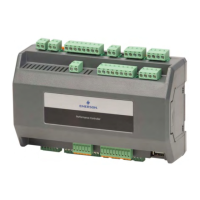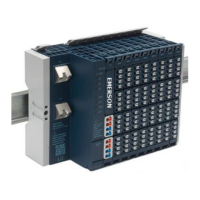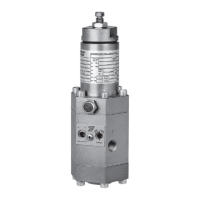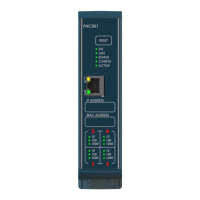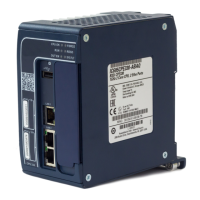PACSystems™ RX3i and RSTi-EP CPU Reference Manual Section 3
GFK-2222AK October 2019
CPU Configuration 62
properly control a process. In this case, if the module fails then it may be better to have
the CPU go to STOP Mode, especially if the CPU is acting as a backup unit in a redundant
system.
One way to cause the CPU to stop is to set the configured action for a Loss-of-Module
fault to Fatal so that the CPU stops if a module failure causes a loss-of-module fault. The
correct loss-of-module fault must be chosen for the critical module of interest: I/O
controller, I/O module, and Option module. The Ethernet communications module is an
example of an Option module.
This approach has a couple of disadvantages. First, it applies to all modules of that
category, which may include modules that are not critical to the process. Second, it relies
on the content of the fault table. If the table is cleared via program logic or user action,
the CPU will not stop.
In systems that use Ethernet Network Interface Units (ENIUs) for remote I/O, a critical
module of interest may be the Ethernet module that provides the network connection to
the ENIU. Other techniques can be used to provide a more selective response to an
Ethernet module failure than the Loss-of-Option module fault. One technique is to use
application logic to monitor the Ethernet Interface Status bits, which are described in
Monitoring the Ethernet Interface Status Bits in the PACSystems RX3i and RSTi-EP TCP/IP
Ethernet Communications User Manual, GFK-2224. If the logic determined that a critical
Ethernet module was malfunctioning, it could execute SVC_REQ #13 to stop the CPU.
Since the ENIU uses Ethernet Global Data to communicate with the PACSystems CPU,
another selective technique is to monitor the Exchange Status Words to determine the
health of individual EGD exchanges. For details on this status word, refer to Exchange
Status Word Error Codes in PACSystems RX3i and RSTi-EP TCP/IP Ethernet Communications
User Manual, GFK-2224. Because the types of errors indicated by the exchange status
word may be temporary in nature, stopping the CPU may not be an appropriate response
for these errors. Nevertheless, the status could be used to tailor the response of the
application to changing conditions in the EGD network.
In some cases, the critical module may reside in an expansion rack. In that case, in
addition to the loss-of-module fault, it is recommended to set the Loss-of-Rack fault to
Fatal. Then if the rack fails or loses power, the CPU will go to STOP Mode.
3.2.8 Redundancy Parameters (Redundancy CPUs Only)
These parameters apply only to redundancy CPUs or to those CPUs where the optional
redundancy features have been activated. For details on configuring CPU for redundancy,
refer to the PACSystems Hot Standby CPU Redundancy User Manual, GFK-2308.
3.2.9 Transfer List
These parameters apply only to redundancy CPUs. For details on configuring CPU for
redundancy, refer to the PACSystems Hot Standby CPU Redundancy User Manual, GFK-2308.
3.2.10 COM1 and COM2 Parameters
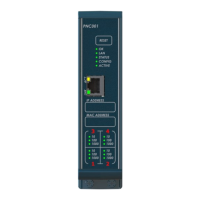
